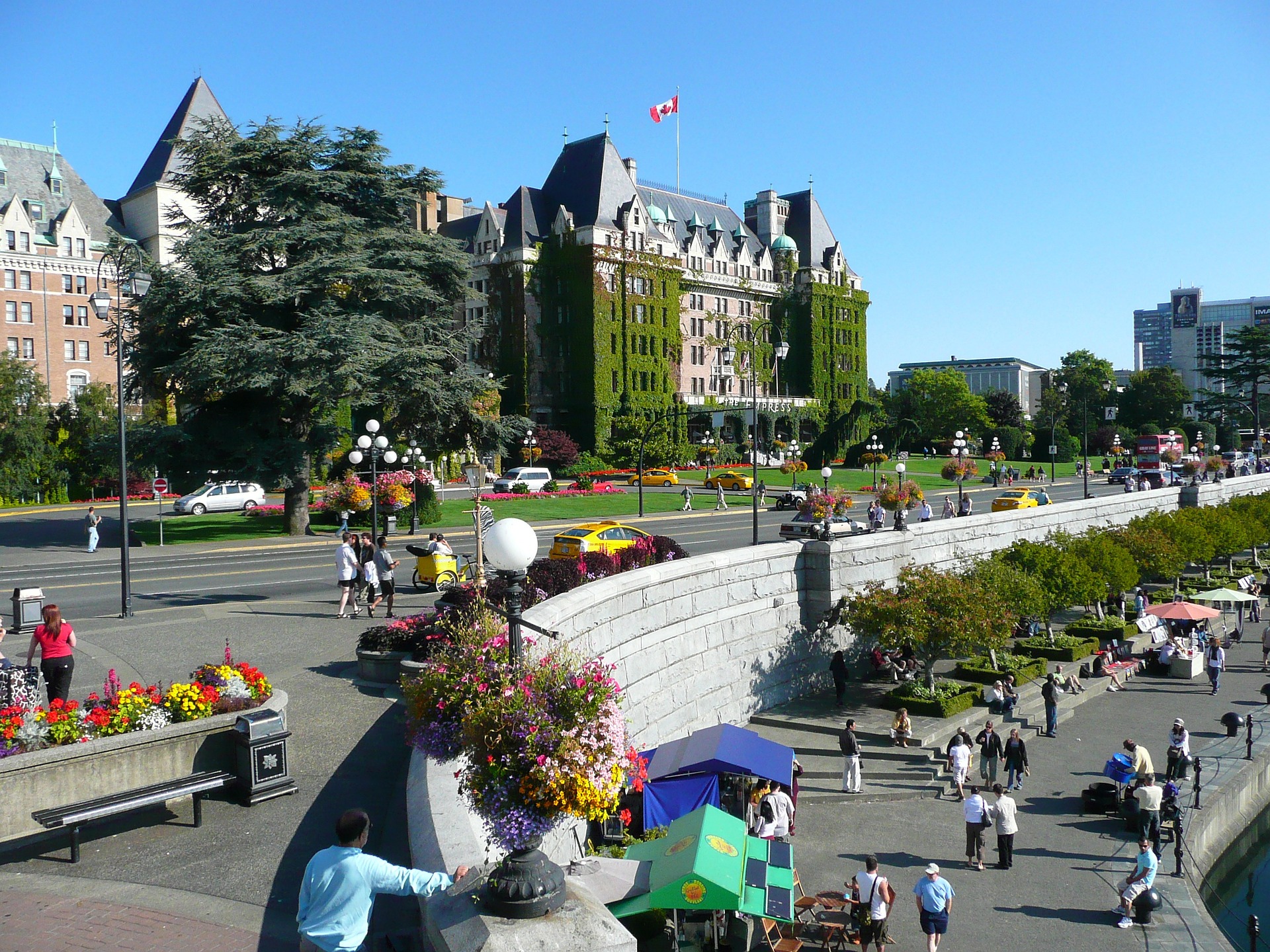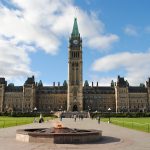
The 20 Most Livable Places in Canada
The Globe and Mail recently conducted a study to determine the most desirable cities for newcomers in Canada, focusing on factors such as community integration, access to basic amenities, and affordable housing. The analysis targeted individuals who had immigrated to Canada within the last five years.
Data was collected from 439 cities with populations exceeding 10,000, evaluating 43 variables across 10 crucial categories for those contemplating a move. These categories encompassed the economy, housing, demographics, healthcare, safety, education, community engagement, amenities, transportation, and climate.
The top-ranking cities, according to the study, are as follows:
- Pitt Meadows, BC
- Victoria, BC
- Winnipeg, MN
- North Vancouver, BC
- Saanich, BC
- Wellesley, ON
- Burlington, ON
- Regina, SK
- Delta, BC
- Maple Ridge, BC
- West Vancouver, BC
- Oak Bay, BC
- Abbotsford, BC
- Colwood, BC
- Norwich, ON
- Parksville, BC
- Fort St. John, BC
- Port Coquitlam, BC
- Middlesex Centre, ON
- Coldstream, BC
The study identified housing as a crucial factor, giving it more weight in the evaluation. Other key categories included economy, demographics, healthcare, safety, education, community engagement, amenities, transportation, and climate.
Each city received a composite score after the data was weighted and averaged across the categories. Interestingly, even the top-ranked city, Victoria, received average scores for housing and healthcare. However, the ranking aims to provide a holistic perspective on each city’s strengths and overall livability.
A detailed examination of the categories and variables revealed interesting insights:
Economy: Cities like Oak Bay, Colwood, Norwich, Middlesex Centre, and Port Coquitlam demonstrated a low unemployment rate below 6%.
Housing: The affordability and accessibility of housing, particularly for seniors, were considered. Cities like Port Coquitlam, Abbotsford, West Vancouver, Delta, North Vancouver, and Winnipeg displayed higher diversity than the Canadian average.
Demographics: Factors such as population stability, growth, diversity, and cultural richness were assessed. Port Coquitlam, Abbotsford, West Vancouver, Delta, North Vancouver, and Winnipeg were noted for their higher diversity.
Healthcare: Accessibility and quality of healthcare services, along with residents’ perceptions of their health, were examined. Maple Ridge, Pitt Meadows, and North Vancouver stood out, with over 88% of the population having a regular healthcare provider.
Safety: Cities like Wellesley, Pitt Meadows, North Vancouver, Saanich, and Burlington exhibited lower crime rates than the Canadian average.
Education: The community’s educational qualifications and educational institutions’ availability were considered.
Community: The study evaluated social engagement venues, community events, volunteer opportunities, and the sense of belonging in the city. West Vancouver and Coldstream had the highest sense of local community belonging, at 74% of the population.
Amenities: Recreational facilities, entertainment options, shopping centers, and other leisure opportunities were examined. This category included factors such as the presence of cannabis stores, gyms, movie theatres, and proximity to essential services.
Transportation: The public transit system, accessibility, and overall ease of getting around the city were evaluated. North Vancouver, Winnipeg, and Victoria were the only cities deemed more walkable than the Canadian average.
Climate: Factors such as extreme weather conditions and seasonal variations were considered. Winnipeg and Regina experienced the most days with temperatures below -15 degrees Celsius.




